The idea of living in a tiny home has gained massive popularity over the past decade, thanks to promises of financial freedom, minimalism, and a more sustainable lifestyle. While these small spaces can be charming and efficient, the reality of tiny home living isn’t always as idyllic as it appears on TV. From unexpected expenses to major lifestyle adjustments, many people discover that downsizing comes with more challenges than they anticipated. If you’re considering making the switch, here are 13 disturbing truths about living in a tiny home that no one talks about.
1. Space Is Even More Limited Than You Think
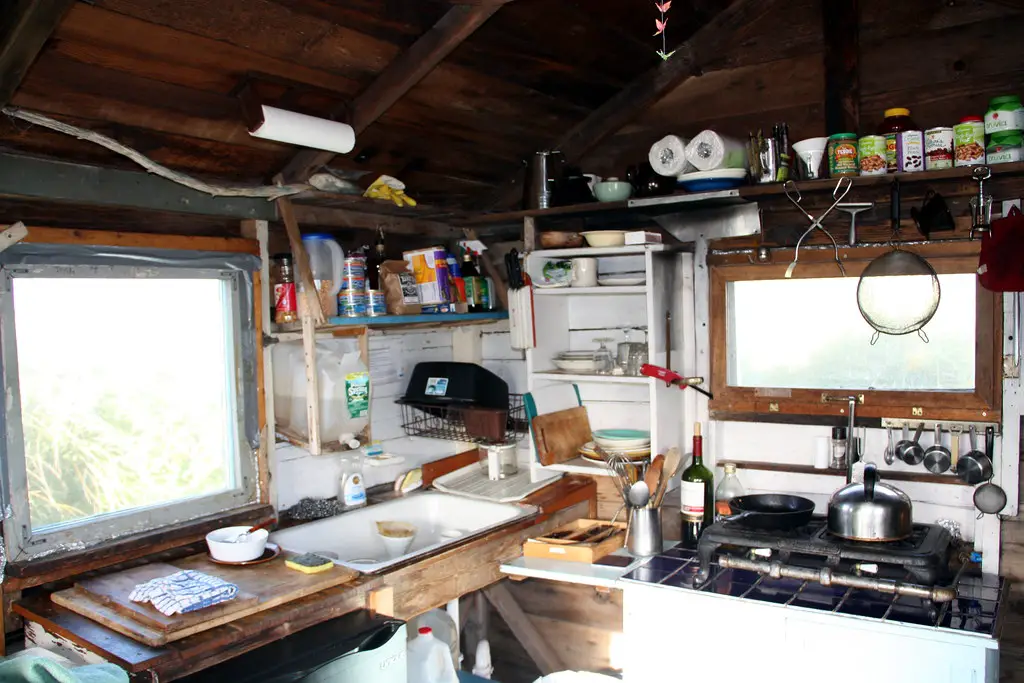
Most people understand that tiny homes are small, but living in one can be a shock when you realize just how little space you actually have. Storage is often a major issue, forcing you to make tough decisions about what to keep and what to get rid of. Even after downsizing, many people struggle to fit essential items like kitchen appliances, clothing, and everyday household goods.
Additionally, everyday activities like cooking, working, and even relaxing can feel cramped. Without proper organization, clutter builds up quickly, making the home feel even smaller than it is. The lack of space also means that privacy is virtually nonexistent, which can be difficult for couples or families sharing the tiny home.
2. Zoning Laws and Legal Issues Can Be a Nightmare
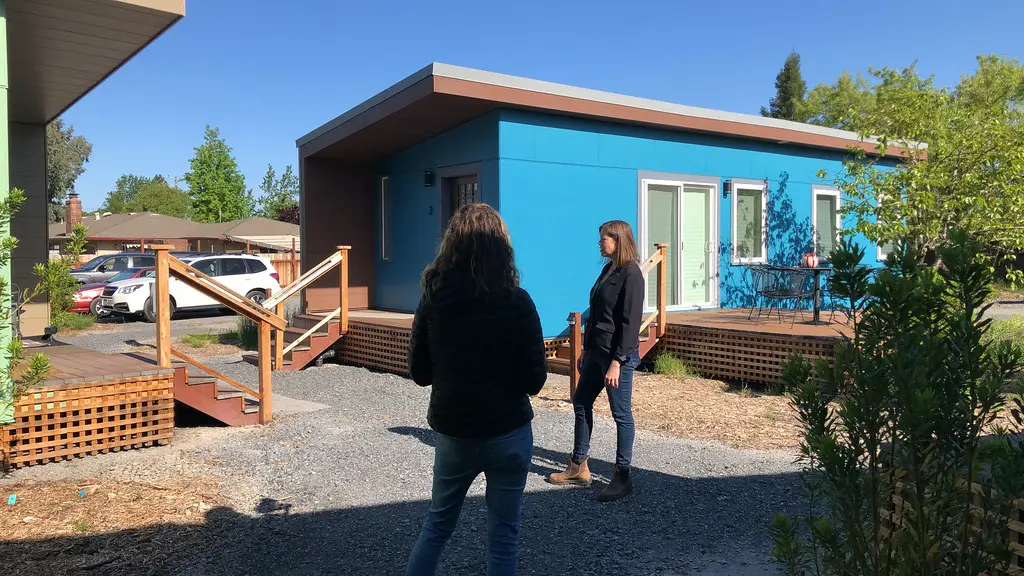
One of the biggest hidden challenges of tiny home living is finding a legal place to park or build your home. Many cities and counties have strict zoning laws that make it difficult to legally live in a tiny home full-time. Some areas don’t allow tiny homes at all, while others require them to be built on permanent foundations, which defeats the purpose of having a mobile lifestyle.
Even if you find a location, getting the necessary permits and utilities hooked up can be a lengthy and expensive process. Many tiny home owners resort to parking on private land or in RV parks, but even these options come with restrictions. Without proper planning, you could find yourself struggling to find a stable and legal place to call home.
3. Utility Hookups Aren’t Always Easy
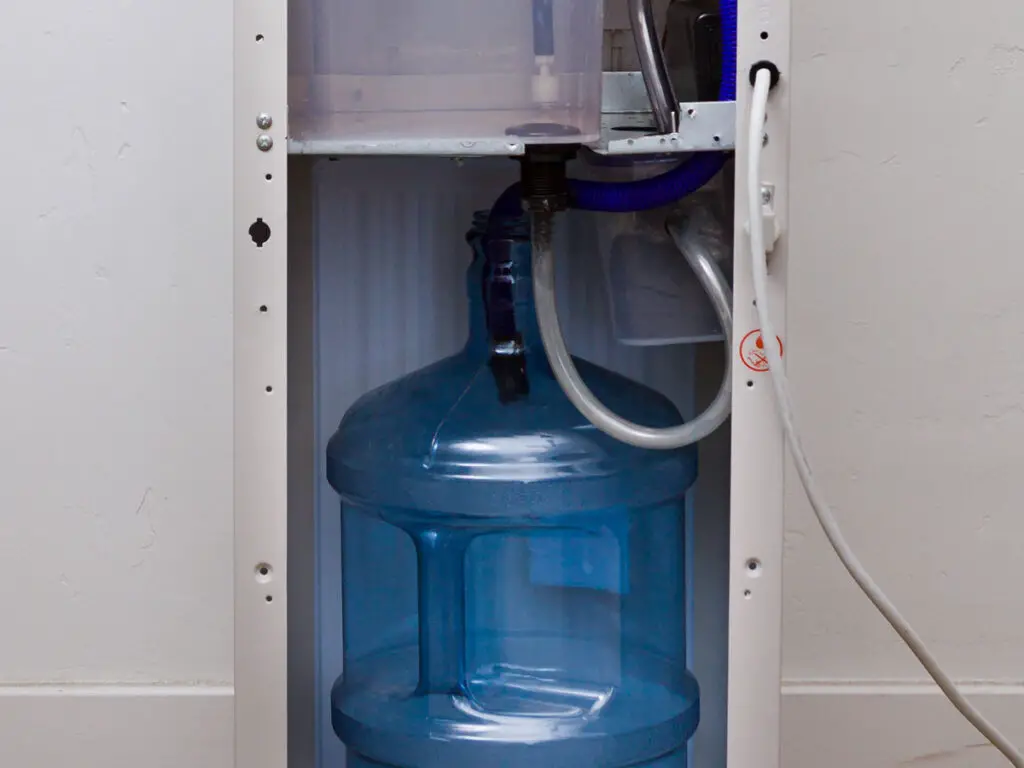
Unlike traditional homes, tiny homes often lack standard connections for water, electricity, and sewage. If your tiny home is mobile, you’ll need to figure out how to hook up to utilities when you move to a new location. Many people rely on off-grid solutions like solar panels and composting toilets, but these can come with their own set of problems.
Solar power, for example, may not generate enough energy during cloudy weather, forcing homeowners to find alternative power sources. Similarly, composting toilets require regular maintenance and may not be suitable for all climates. Without a well-thought-out plan, basic utilities can become one of the biggest headaches of tiny home living.
4. Temperature Control Can Be a Struggle
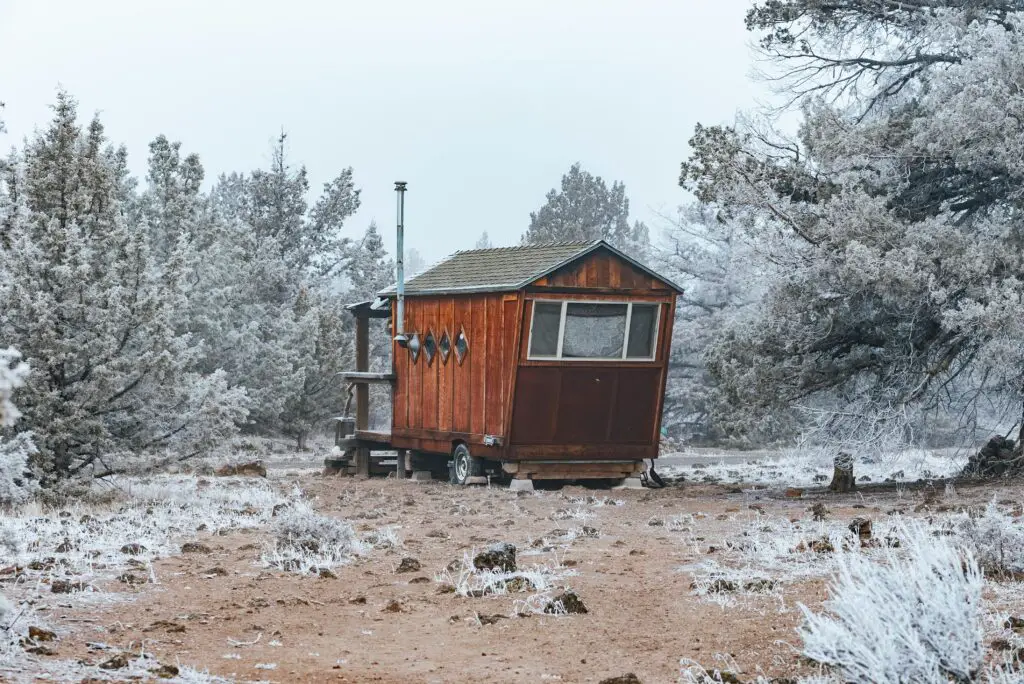
Tiny homes often lack the insulation and climate control features of traditional houses, making temperature regulation difficult. In colder climates, heating a tiny home can be challenging, and even with a space heater or wood stove, some areas of the home may remain uncomfortably cold. In the summer, tiny homes can quickly turn into ovens, especially if they lack proper ventilation or air conditioning.
Many tiny homeowners invest in energy-efficient heating and cooling systems, but these can take up valuable space and require constant maintenance. If you plan on living in an area with extreme weather conditions, keeping your home at a comfortable temperature may require expensive upgrades. Without the right setup, tiny home living can be unbearably hot or freezing cold.
5. Cooking Is Far Less Convenient

Many tiny homes come with small kitchens that lack full-sized appliances, making cooking a challenge. Limited counter space means food preparation can be frustrating, especially when making meals that require multiple ingredients or steps. Some tiny homes only have a single-burner stove or a mini-fridge, forcing homeowners to get creative with their meals.
Additionally, ventilation can be a problem, with cooking smells lingering in the small space for hours. Without a proper exhaust system, the entire home can quickly fill with smoke or strong odors, making it uncomfortable to live in. For those who love to cook, the limitations of a tiny home kitchen can be a major downside.
6. Hosting Guests Is Nearly Impossible

If you love having friends or family over, a tiny home might not be the best fit. With such limited space, accommodating guests can be incredibly difficult, and even having one extra person over can make the home feel overcrowded. Many tiny homes only have one seating area, meaning visitors may have to stand or sit on the floor.
Overnight guests pose an even bigger challenge, as most tiny homes don’t have extra sleeping space. Some homeowners set up loft beds or fold-out furniture, but these options can still be uncomfortable. If you enjoy entertaining, you’ll likely need to find alternative gathering spaces outside of your home.
7. The Bathroom Situation Can Be Unpleasant
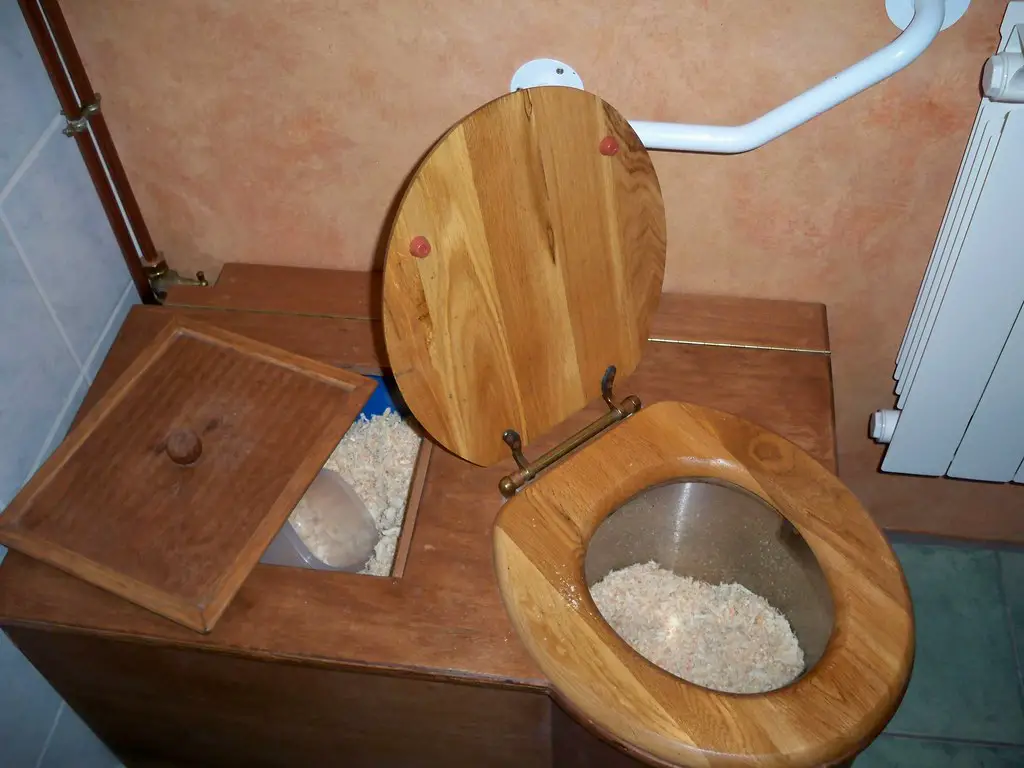
One of the biggest shocks for new tiny homeowners is the reality of using a small bathroom every day. Many tiny homes come with composting toilets, which require regular emptying and maintenance. If you’re not used to dealing with waste disposal, this can be an unpleasant and smelly experience.
Showers are often small, with limited water pressure and hot water supply. Many tiny homeowners rely on RV-style wet baths, where the entire bathroom doubles as a shower, making everything damp after use. The lack of a full-sized bathroom can be one of the most inconvenient aspects of tiny home living.
8. Storage for Everyday Items Is a Constant Struggle
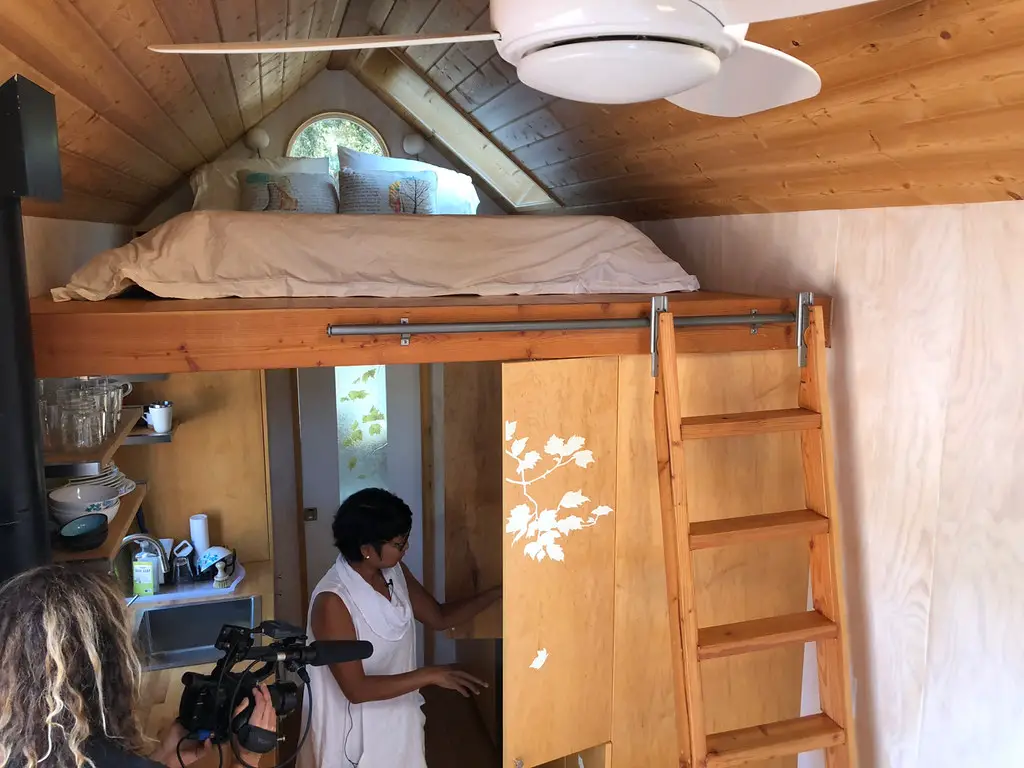
Even the most minimalist tiny homeowners struggle to find enough storage for essentials. Clothes, cleaning supplies, and personal items all need a designated place, but with such limited square footage, storage solutions often involve getting creative with every available space.
Many tiny homes utilize under-bed storage, loft spaces, and wall-mounted shelving, but even these can fill up quickly. If you have hobbies that require equipment or gear, like biking or painting, finding a place to store your supplies can be nearly impossible.
9. Cleaning Is Constant but Necessary
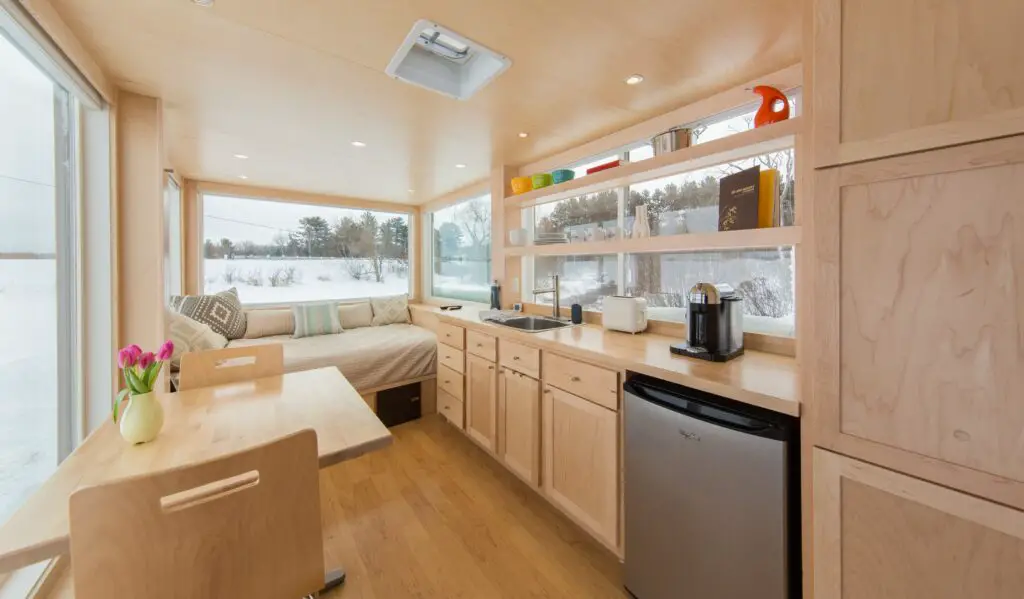
With such a small space, messes build up quickly, making frequent cleaning a necessity. A single pile of laundry or a few dirty dishes can make the entire home feel cluttered and chaotic. Dust and pet hair accumulate faster in a confined area, requiring constant sweeping and wiping down of surfaces.
While some may appreciate the ease of cleaning a smaller home, the constant maintenance can be exhausting. Unlike a larger home where messes can be hidden in another room, everything in a tiny home is in plain sight. Staying on top of cleanliness is essential for maintaining a livable space.
10. Relationships Can Be Tested
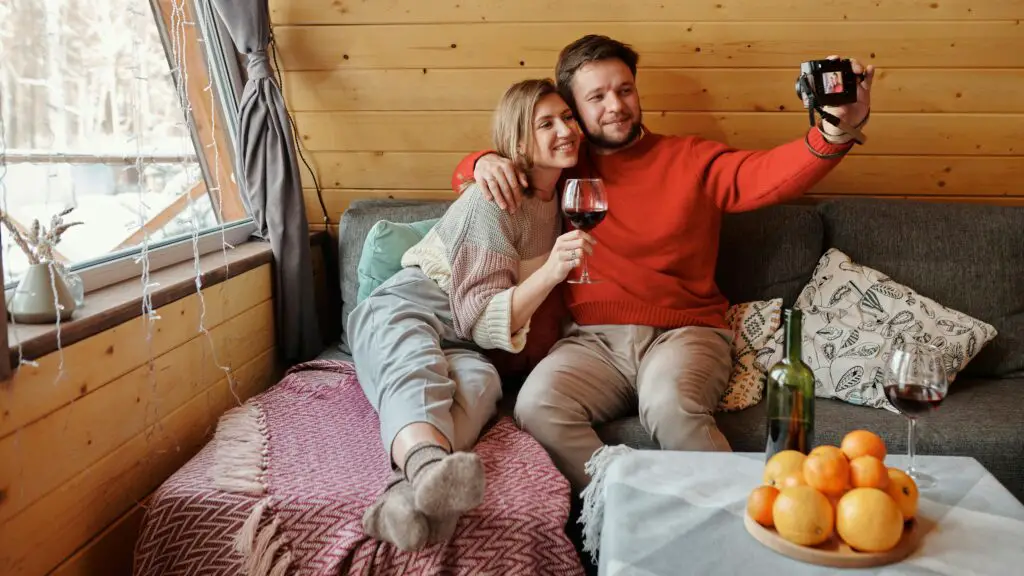
Living in such close quarters can put a strain on relationships, whether it’s with a partner, family member, or roommate. Without separate rooms or private spaces, alone time can be hard to come by. Every conversation, disagreement, or noisy habit becomes amplified in such a confined environment.
Even the strongest relationships can be tested by the challenges of tiny home living. Without personal space, conflicts can escalate more quickly, and daily routines can become a source of frustration. Successful tiny home living often requires excellent communication and patience.
11. Resale Value Can Be Unpredictable
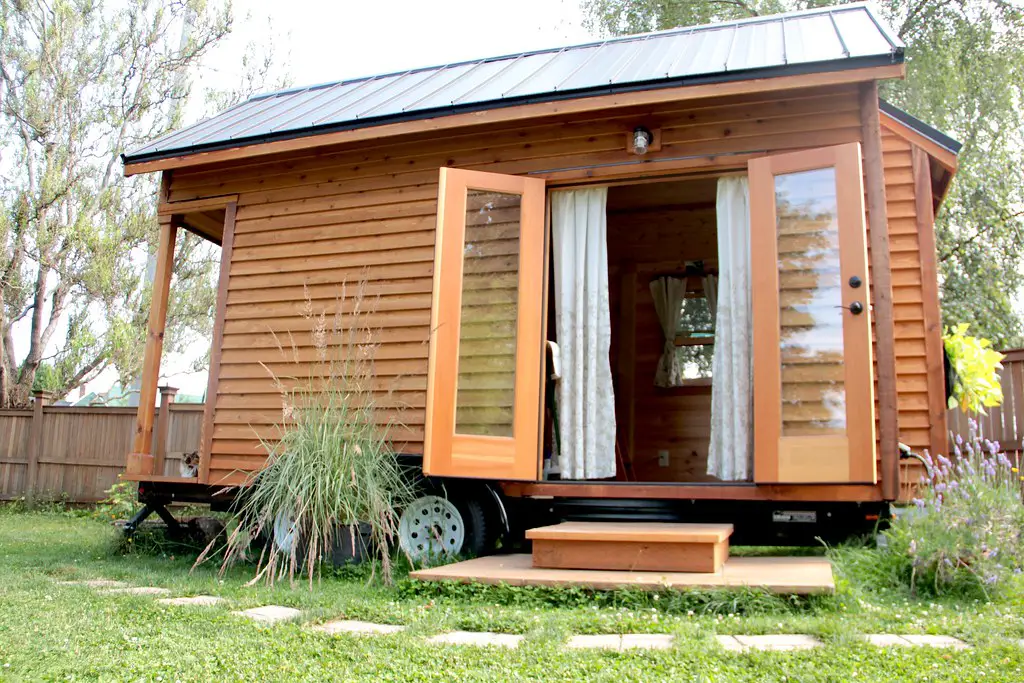
While tiny homes can be an affordable housing option, they don’t always hold their value well. Because they aren’t considered traditional real estate, securing financing or finding a buyer when it’s time to sell can be difficult. Many people who invest in tiny homes end up selling at a loss.
Market demand for tiny homes varies, and potential buyers may be hesitant due to zoning restrictions or maintenance concerns. Unlike traditional homes, tiny homes don’t appreciate in value in the same way, making them a risky long-term investment.
12. Parking and Moving Are Bigger Hassles Than Expected
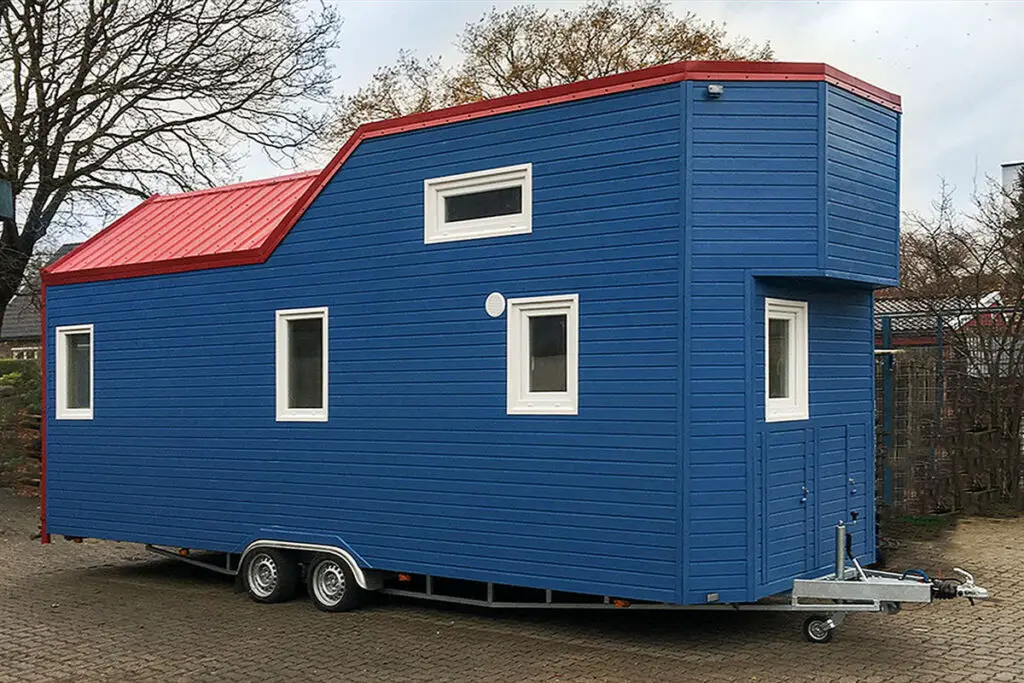
For those with mobile tiny homes, finding a legal and safe place to park can be a never-ending challenge. RV parks, private land, and tiny home communities all have their own restrictions and costs. Some locations impose time limits, meaning frequent moves are required.
Towing a tiny home is also not as easy as it looks on TV. Wind, road conditions, and vehicle requirements all play a role in safely transporting a tiny house. Many owners find that moving a tiny home is far more stressful and expensive than anticipated.
13. Insurance and Financing Can Be Difficult to Secure

Unlike traditional homes, tiny homes don’t always qualify for standard home insurance policies or mortgage loans. Many insurance companies view tiny homes as high-risk because they fall into a gray area between houses and RVs. This can make it difficult to find affordable coverage for accidents, theft, or natural disasters.
Similarly, securing financing for a tiny home can be challenging since most banks don’t offer traditional mortgages for them. Many tiny home buyers must pay in cash, take out a personal loan, or finance through specialty lenders, which often come with higher interest rates. Without proper insurance and financing options, the financial side of tiny home living can be riskier than expected.
